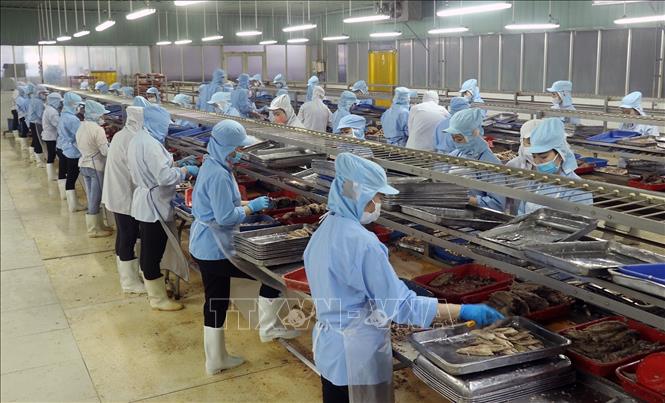
VNA reporter had a quick interview with Dr. Le Quang Minh (University of Economics - Vietnam National University, Hanoi) about this issue.
What is your comment on the reciprocal tax rate for Vietnamese goods entering the US market being reduced from 46% to 20%?
The US's reduction of the reciprocal tax rate for Vietnamese goods from 46% to 20% is a positive result of the negotiation efforts between the two governments . The 20% tax rate is considered "relatively appropriate" in the context that Vietnam is one of the leading exporters to the US in Southeast Asia and has a large trade deficit.
This is both a challenge and a motivation for Vietnam to continue reforming and improving its competitiveness. According to the decree announced by the US government, the 20% tax rate applied to Vietnam will officially take effect from August 7, at the same time as the tax rate for other countries. However, goods that have been loaded on ships, are on the way and cleared before 12:01 on October 5, 2025 will still be subject to the old tax rate of Decree 14257.
Will the 20% tax rate affect Vietnam's competitive advantage, sir?
Vietnam's 20% tax rate is slightly higher than that of some ASEAN countries such as Thailand, Cambodia, Indonesia, Malaysia, and the Philippines (all at 19%). This may slightly reduce the competitive advantage of Vietnamese goods compared to these direct competitors.
However, it must be put in the context that Vietnam is the leading exporter to the US in Southeast Asia. In 2024, Vietnam exported 136 billion USD to the US and imported 13 billion USD, meaning a trade surplus of 10.5 times. Meanwhile, Thailand's trade surplus is only 3.5 times, Indonesia's 2.8 times, the Philippines' 1.6 times, and Cambodia's - although its trade surplus is 43 times - is only 1/10th of Vietnam's.
Notably, the positive thing is that this tax rate is still significantly lower than other major competitors such as India (25%), Canada (35%), and especially China (50%). This shows that Vietnam is still an important partner of the United States and has a relatively good position in the global supply chain. The small difference with neighboring countries is not expected to have a big impact on investment relocation.
What are the response solutions and what should ministries, sectors and businesses prepare next, sir?
Based on the results achieved, ministries and sectors need to continue negotiating and persistently dialogue with the US side to seek the possibility of further tax reduction, possibly for specific industries, in order to create a fair and mutually beneficial trade environment.
Regarding the reciprocal trade negotiations between Vietnam and the United States, the Ministry of Industry and Trade also said that in the coming time, the two sides will continue to discuss and implement the following tasks towards completing the reciprocal trade agreement on the principles of openness, constructiveness, equality, respect for independence, autonomy, political institutions, mutual benefit and consideration of each other's development level. The two sides will also strive to promote stable economic, trade and investment relations, harmonizing interests, commensurate with the Vietnam - United States Comprehensive Strategic Partnership.
At the same time, we need to continue reforming and making the market transparent, especially in regulations on goods origin to combat trade fraud and illegal transshipment, which is one of the concerns of the US side; providing information, guidance and support for businesses in improving competitiveness and diversifying export markets.
Enterprises need to improve their internal capacity, invest in research and development (R&D), increase the localization rate of products, and build their own brands to increase added value and reduce dependence on outsourcing, escaping the previous position of "processing factories". Enterprises also need to proactively negotiate with import partners in the US to share the tariff burden; Review and cut unnecessary production and operating costs to compensate for affected profits to optimize costs; diversify markets, proactively seek and expand new export markets to minimize risks when over-dependent on a single market.
Thank you very much!
Source: https://doanhnghiepvn.vn/kinh-te/thue-doi-ung-20-se-khong-tao-ra-tac-dong-den-dich-chuyen-dau-tu/20250805100408573


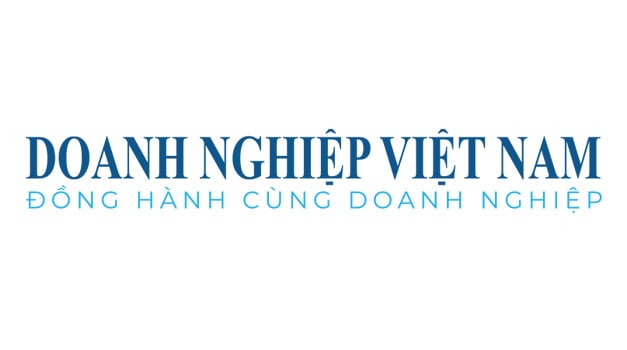


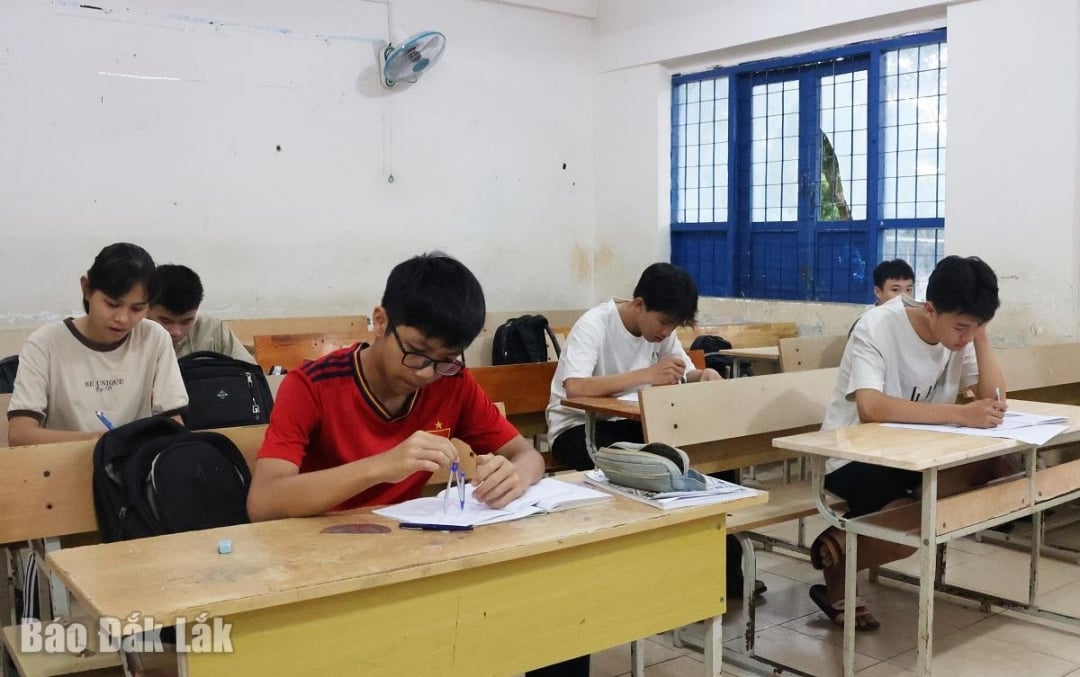
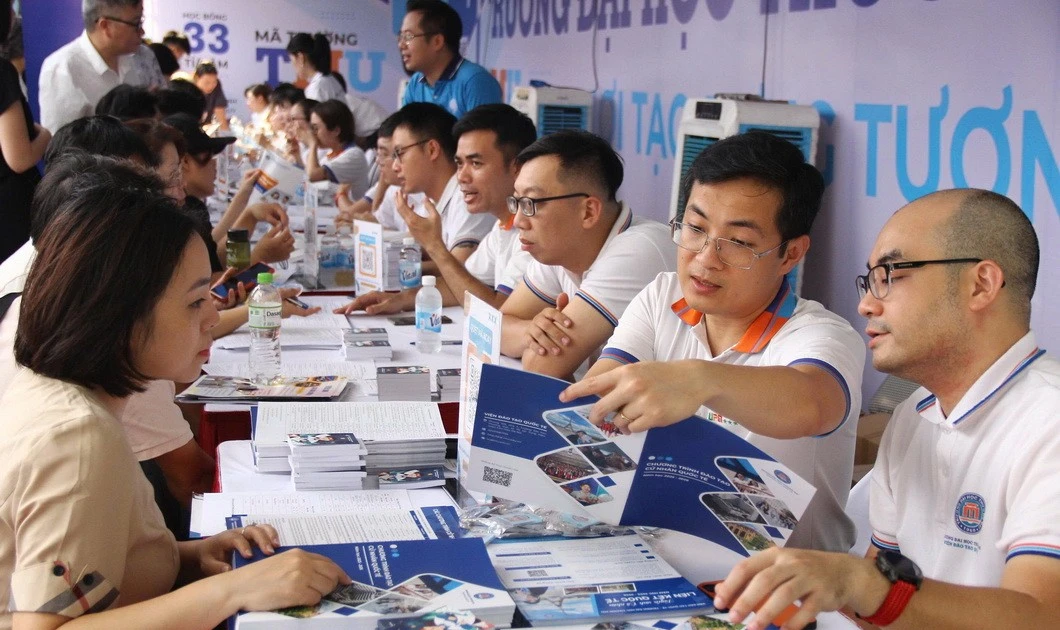

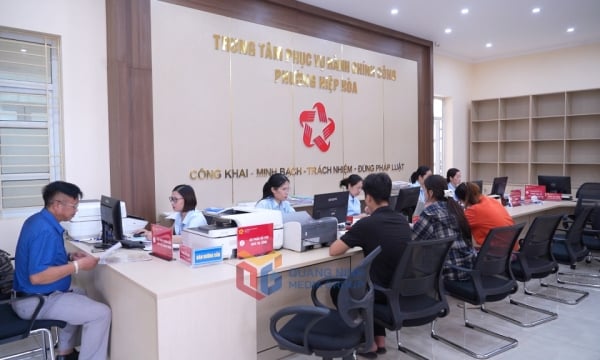
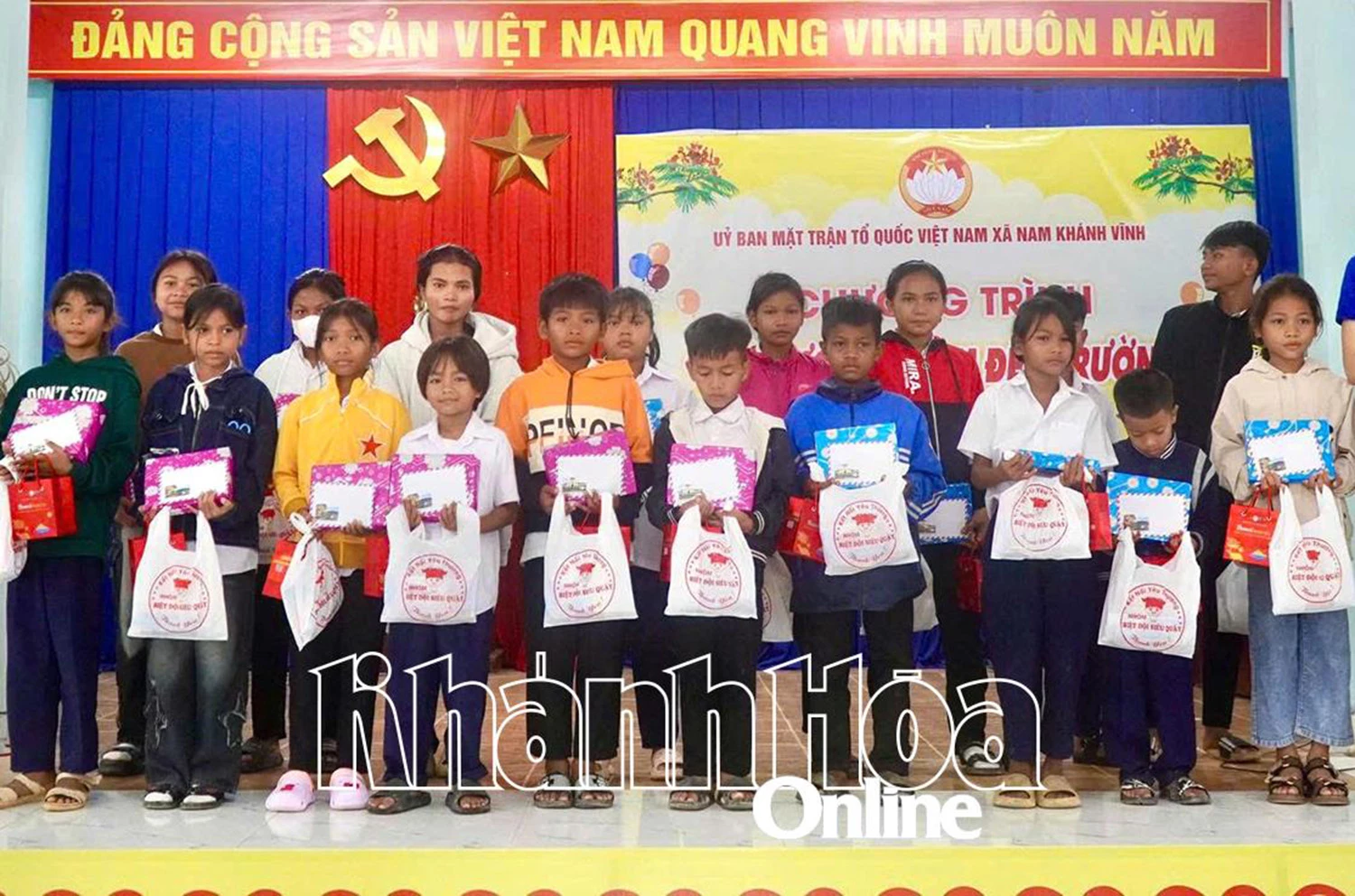















![[Photo] Scientific workshop "Trade unions with the task of participating in state management and building a socialist rule of law state"](https://vstatic.vietnam.vn/vietnam/resource/IMAGE/2025/8/22/789f6384ec37466098a8bcb531deb281)


























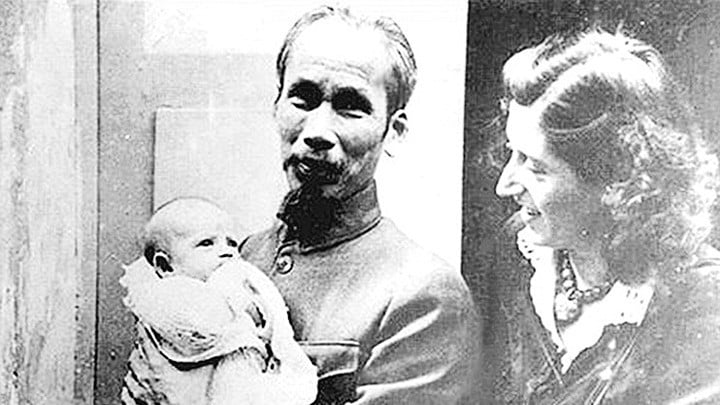












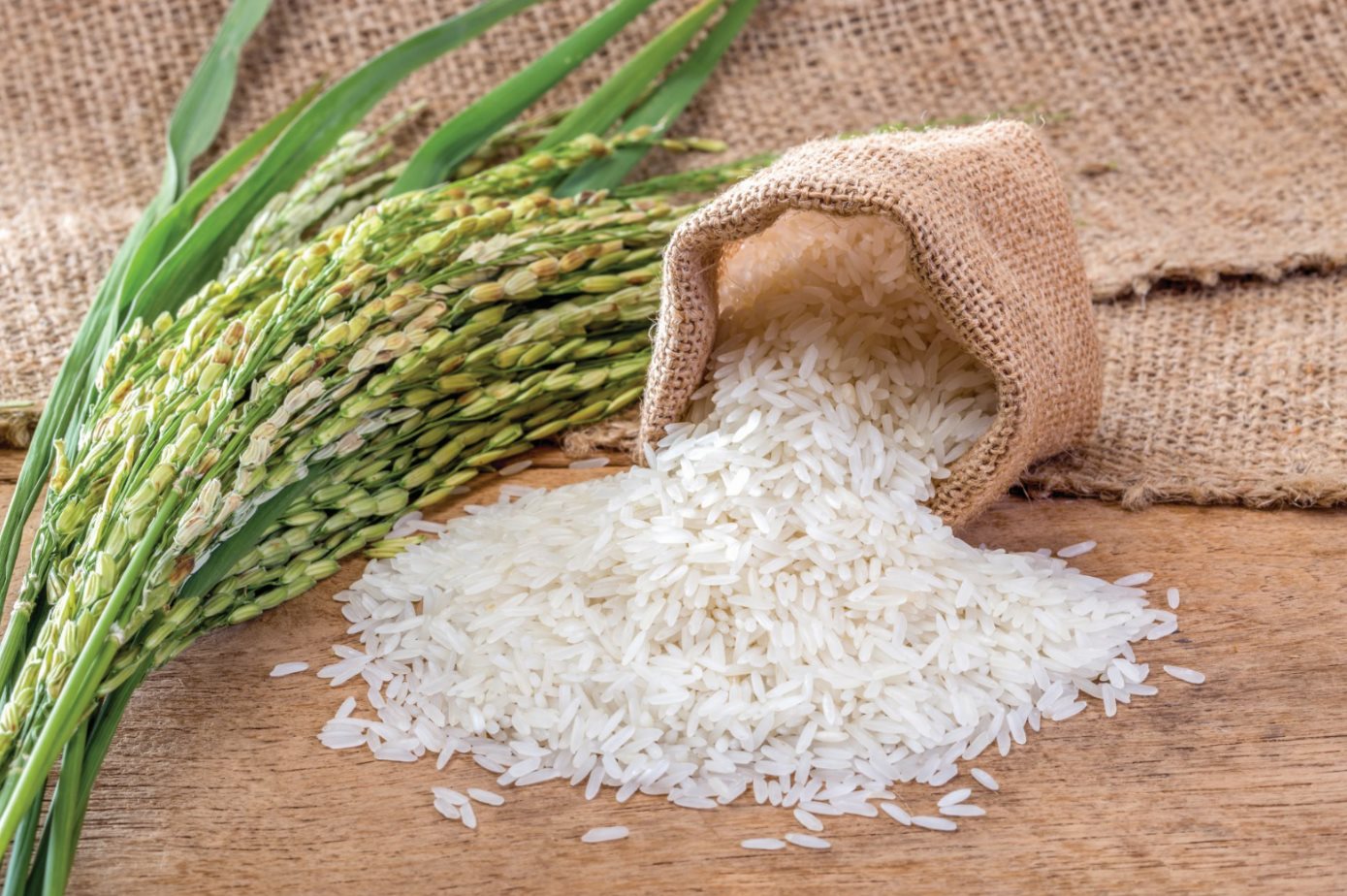





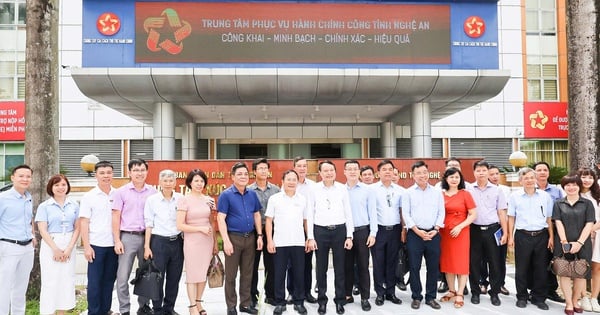


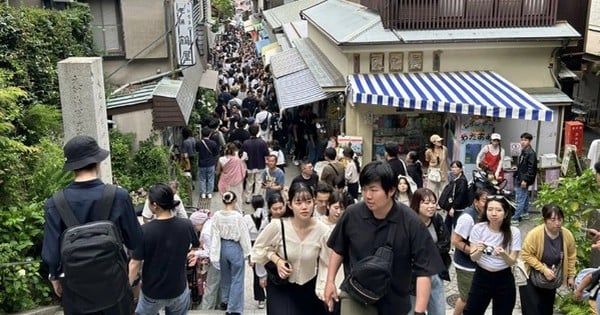

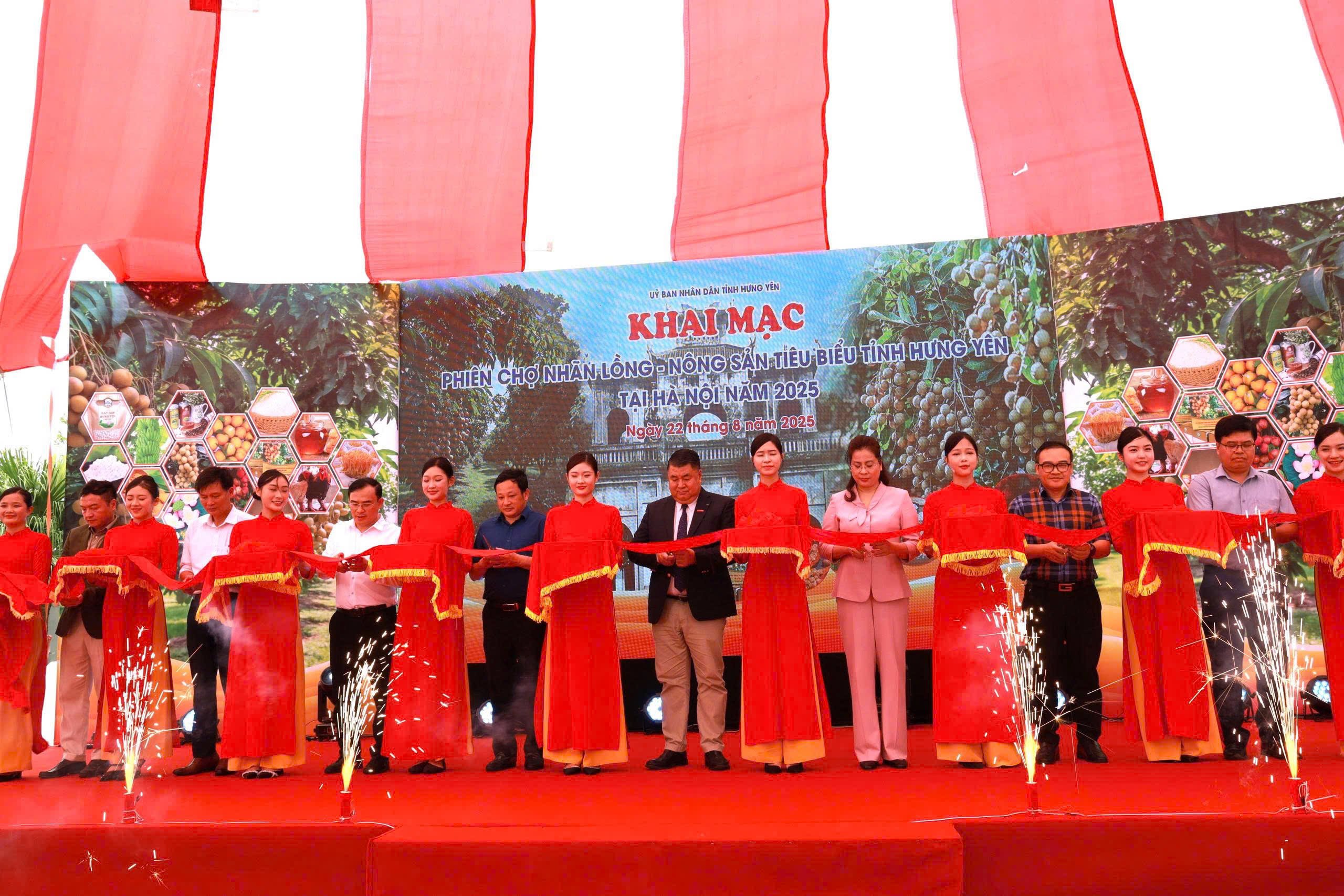























Comment (0)